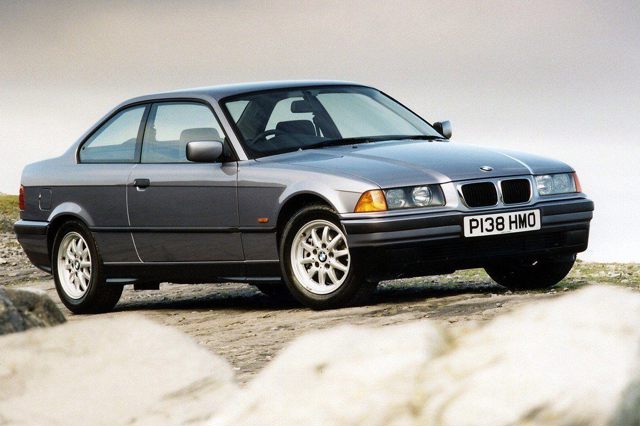BMW 3-Series (1991 – 1998) Review
BMW 3-Series (1991 – 1998) At A Glance
The BMW 3-Series E36-generation was the defining compact executive car during the 1990s - with the Audi 80/A4 and Mercedes-Benz 190/C-Class someway behind in terms of popularity and desirability. Considering it was a complete refresh - visually - of the outgoing model, aping the larger 5-Series in style, buyers took no time at all in taking it to their hearts. The biggest change technically - apart from that sleek new styling - was the fitment of a new independent rear suspension set-up, known as the Z-axle. It was a multilink set-up, which helped maintain the 3-Series' position as the market sector's best handling car.
As before, the 3-Series was offered not only in four-door saloon form, but also as a two-door Coupe (1992), which was a marketing change in plan compared with the old E30 - that car's two-door version was considered a saloon by BMW. A five-door Touring (1995) version and two-door convertible (1994) were also launched. At launch, the engine line-up comprised of in-line four-cylinders and a collection of straight-sixes, all of which were as brilliant as before. VANOS variable valve timing introduced in 1993, and the 2.5-litre diesel was launched in TD and TDS form (115 and 143bhp respectively), legitamising the concept of a sporting diesel car in the 1990s.
Early quality wobbles were soon forgotten, leaving the BMW 3-Series to make huge sales globally, and set the template for the company's mainstay model for decades to come.


 (1).jpg?width=640&height=426&rmode=crop)
 (2).jpg?width=640&height=426&rmode=crop)
 (3).jpg?width=640&height=426&rmode=crop)
 (5).jpg?width=640&height=426&rmode=crop)
 (6).jpg?width=640&height=426&rmode=crop)


 Excellent build quality. Good balance of performance and economy. Plenty around to choose from.
Excellent build quality. Good balance of performance and economy. Plenty around to choose from.
 Clocked mega-mileage ones around now. Average crash test rating. 316i and 318i are unremarkable to drive.
Clocked mega-mileage ones around now. Average crash test rating. 316i and 318i are unremarkable to drive.



